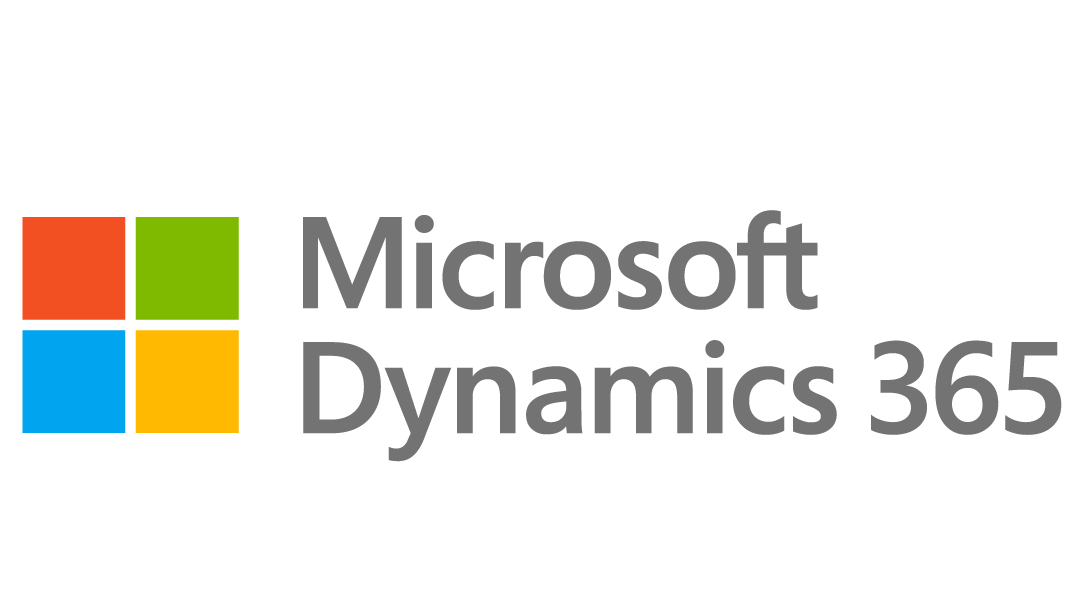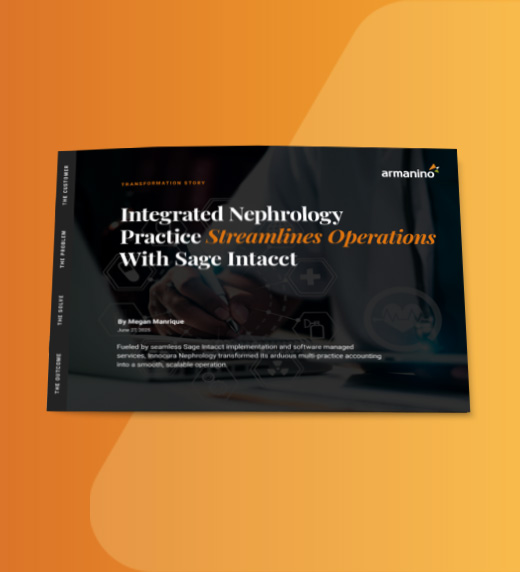Healthcare Industry Consultants - Accounting, Compliance, Technology

FEELING OVERWHELMED?
As a healthcare leader navigating today’s complex market, you face an array of near- and long-term challenges, including:



Our dynamic blend of expert financial knowledge, firsthand healthcare industry experience and cutting-edge innovation enables us to provide technology-driven business solutions that address the specific needs of these healthcare organizations:
Integrated health systems, acute care hospitals, community hospitals, rural/micro hospitals, teaching hospitals, university hospitals, specialty hospitals, federally qualified health centers (FQHCs)
Physician practices, medical groups, multi-specialty groups, dental practices, eyecare centers, anesthesiology clinics, veterinary practices, solo practices, independent physicians associations, private equity portfolio companies
Ambulatory surgical centers, diagnostics/labs, urgent care centers, other outpatient services
Skilled nursing, home health care, assisted living, independent living, hospices, continuing care retirement communities (CCRCs)
Accountable care organizations (ACOs), ambulances, blood/organ banks, pharmacies, payors




Rx For Transformation
We begin by assessing your current state, addressing the gaps that are holding you back and determining areas where you can improve efficiency, reduce costs and strengthen your bottom line.
Together, we will build a roadmap that breaks your goals down into achievable pieces. Our team identifies practical, technology-driven solutions that solve your most pressing challenges and position you for long-term success.
We collaborate with you to drive continuous, measurable improvement so you can unlock your organization’s full potential, thrive in a constantly changing industry and be ready for whatever comes next.
Be ready for what’s next. Our healthcare industry experts can help you strengthen your financial and operational health so you can achieve peak performance and stay focused on your patients.


